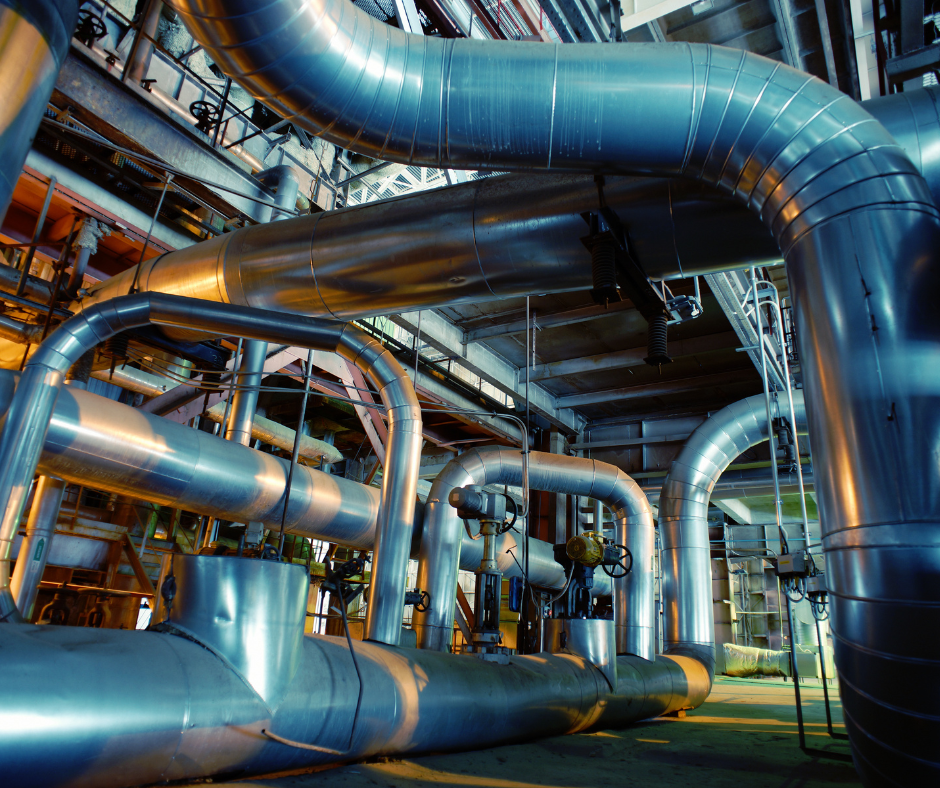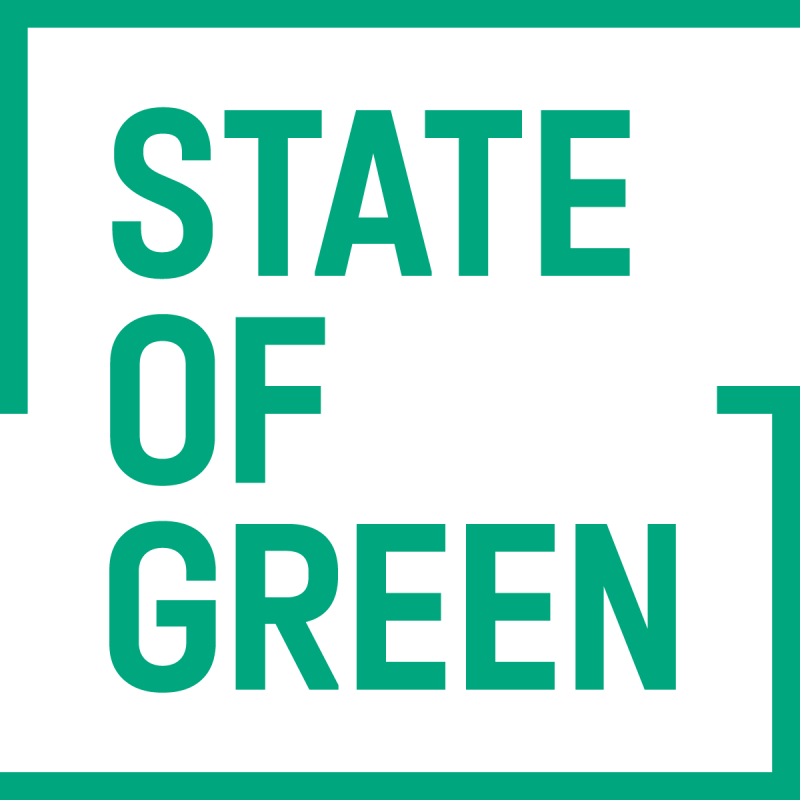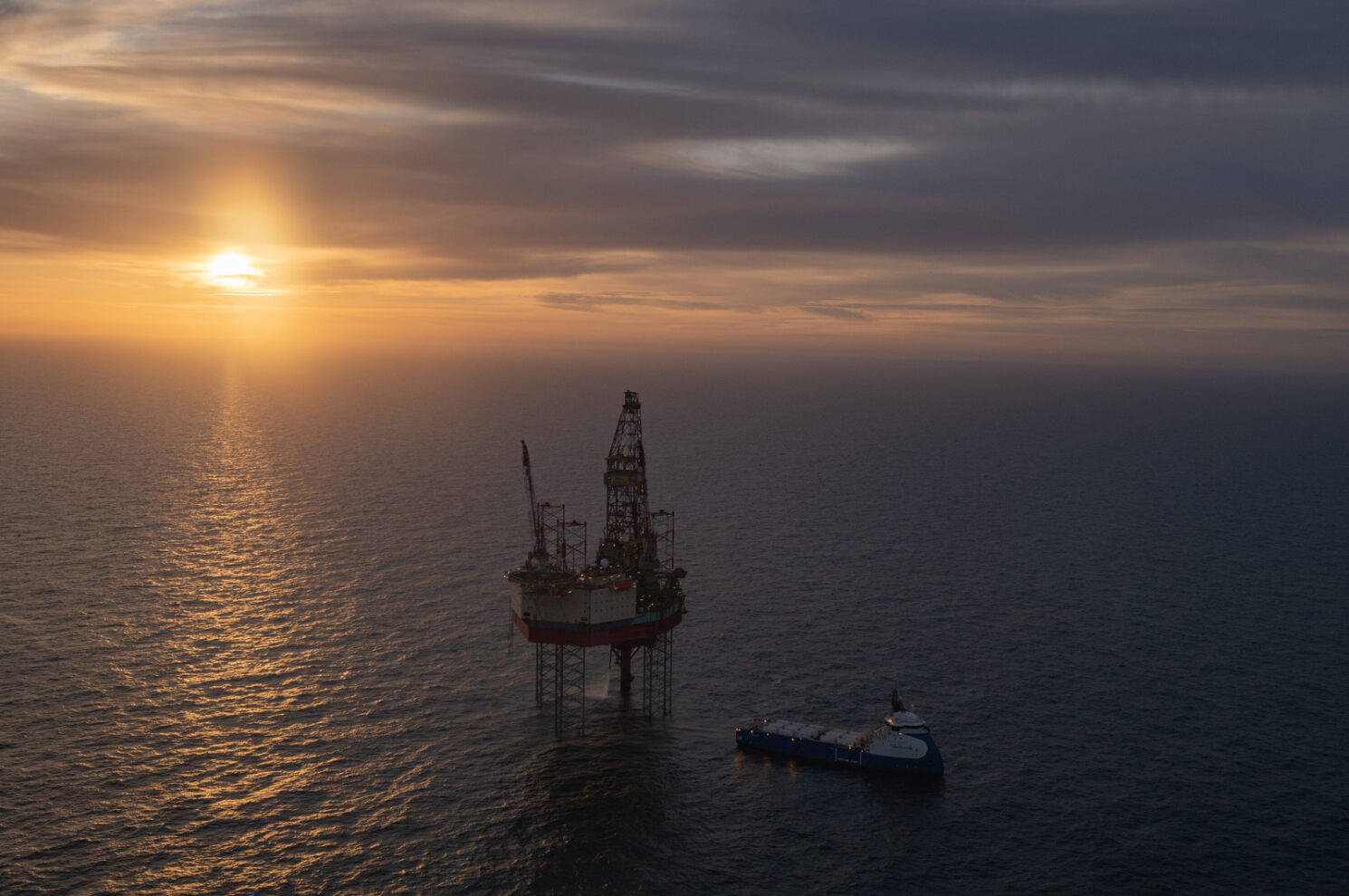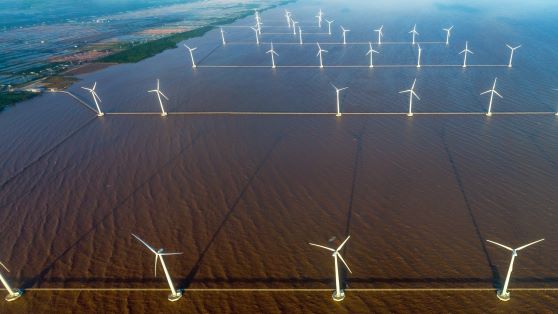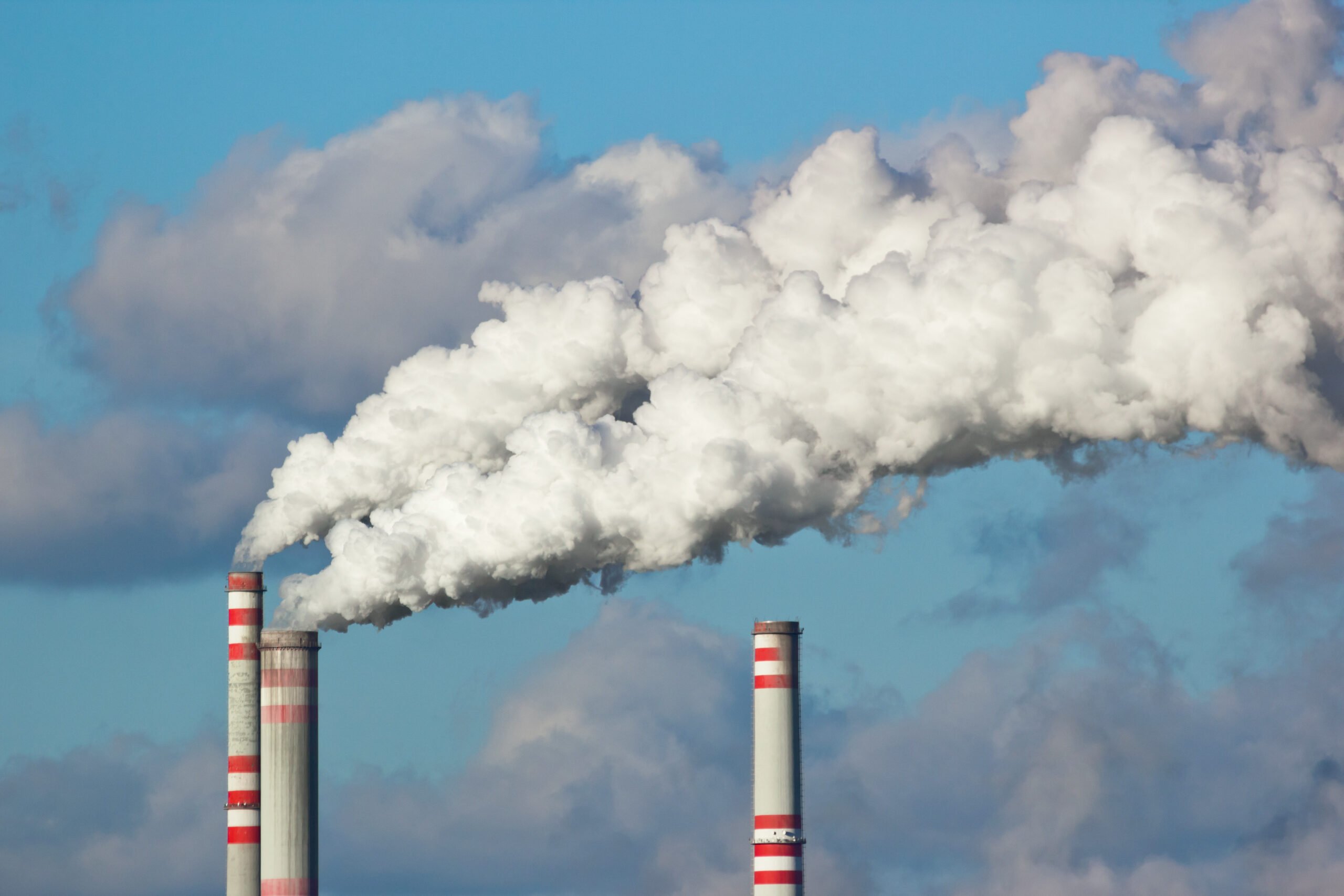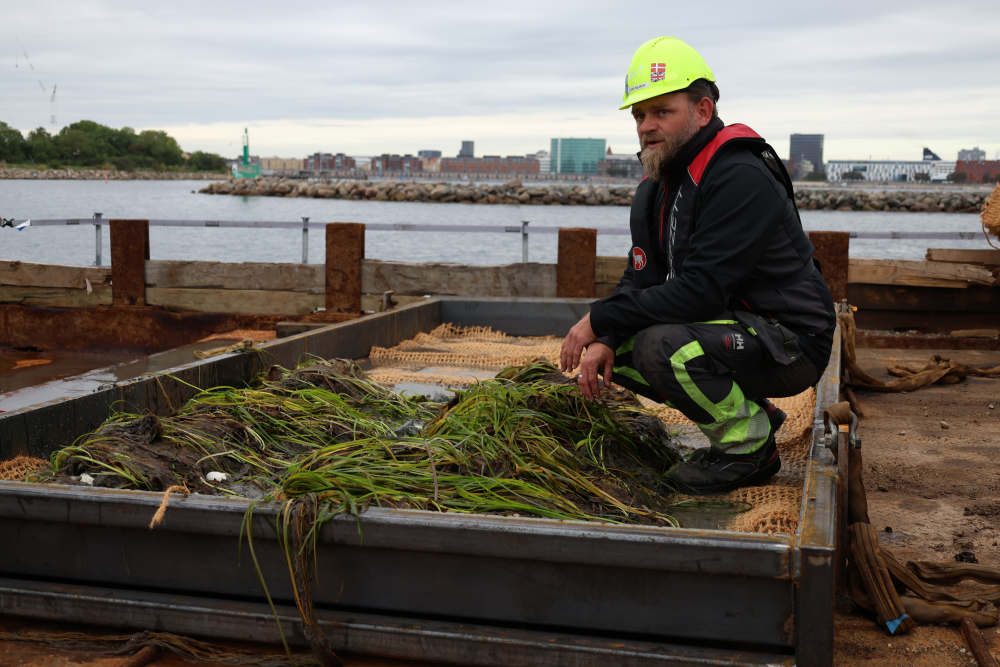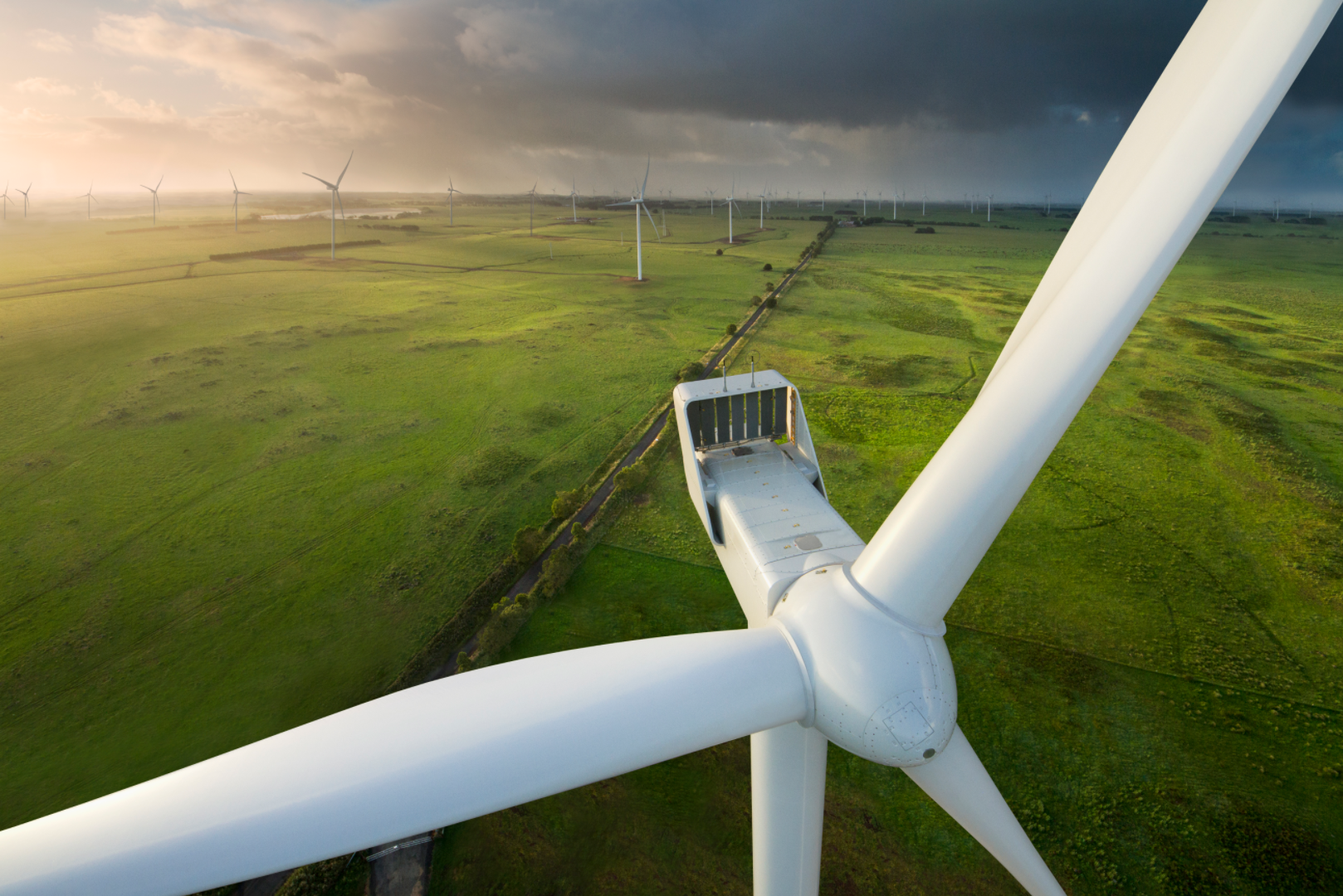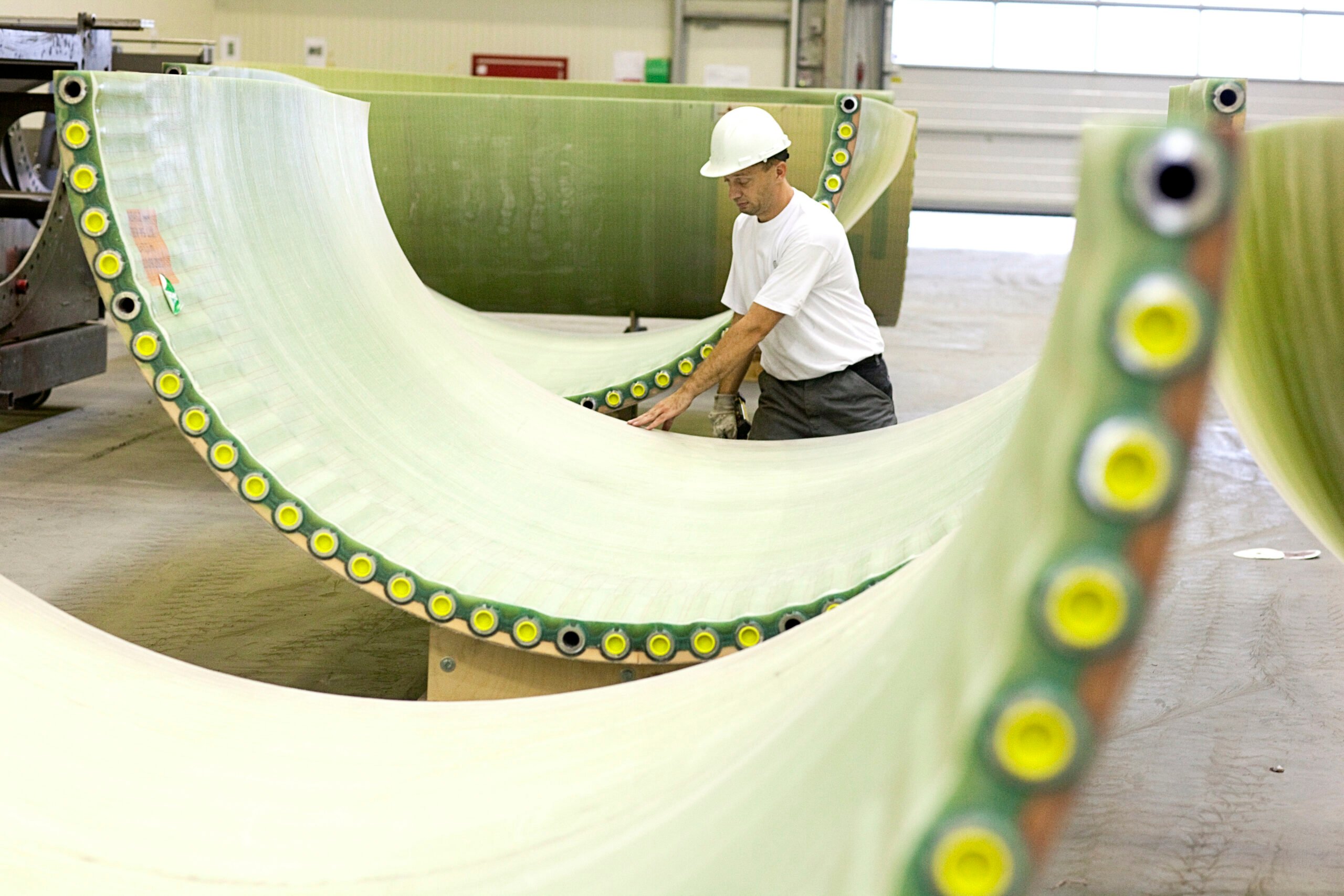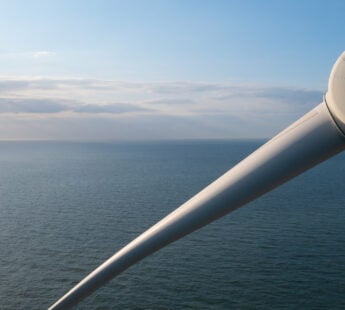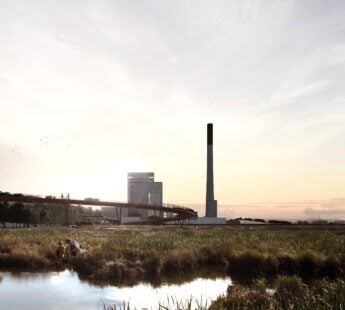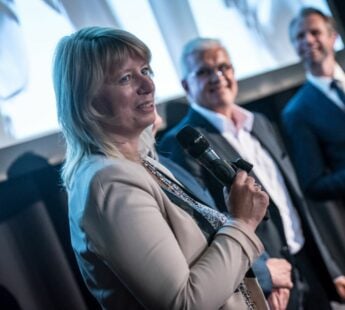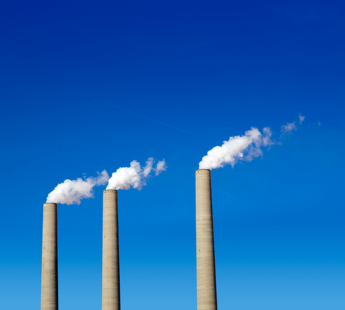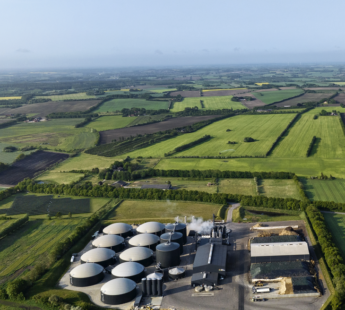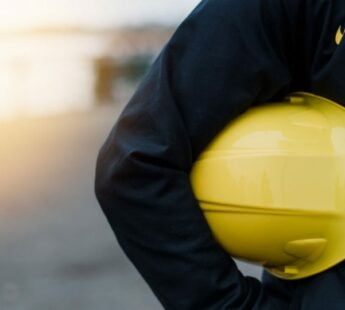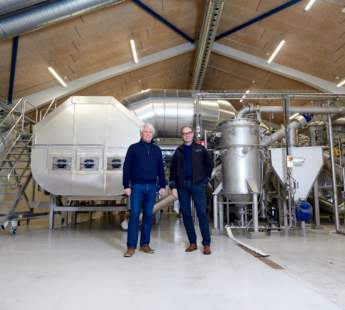CO₂ can be transported in many ways: by rail, truck, ship and pipeline. Important CO₂ hubs in Denmark can be placed in Denmark’s effective and accessible ports, but also close to the largest CO₂ emitters or to the Danish electricity transmission grid.
CO₂ transport by ship is possible by transporting CO₂ either from major Danish ports or from other countries to storage sites in the North Sea. From the east, Denmark will be a convenient storage partner for large emitters from countries around the Baltic Sea. From the west, CO₂ can be shipped directly to storage in the Danish part of the North Sea. CO₂ transportation by ship is not yet an established business, contrary to e.g. LNG shipping. In order to transport sufficient quantities on each ship, the CO₂ must be liquefied by a combination of cooling and a pressure of approximately 20 bars. In comparison, LNG ship tanks are designed to a pressure of 6-7 bars. The tanks on a CO₂ ship must therefore be constructed with thicker walls, making the tanks heavier and more difficult to load and unload.
CO₂ is transported through pipelines by the pressure created by compressor stations. Similarly, the capture process is by itself a major source of energy use. But due to the widespread Danish central heating system, which heats approximately two thirds of all Danish households, Denmark has an opportunity to use excess heat from these processes.
